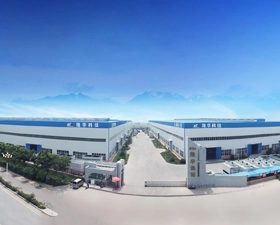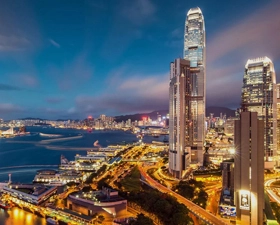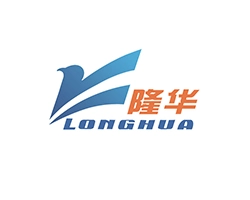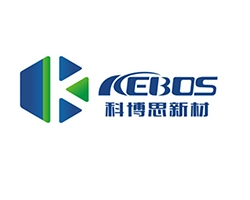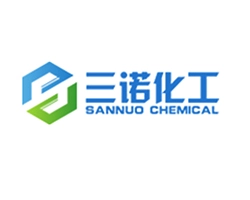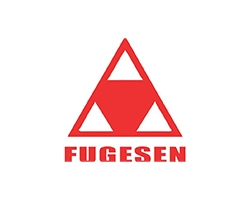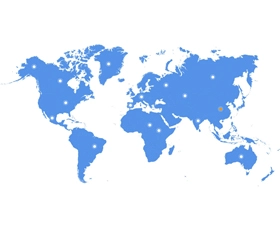Industrial cooling towers play a crucial role in various industries by efficiently managing heat generated during industrial processes. These towers are integral to maintaining optimal operating conditions for machinery and equipment. In this article, we'll delve into the fundamental aspects of industrial cooling towers, exploring their functionality, cost considerations, and the prevailing designs.
What is an Industrial Cooling Tower?
An industrial cooling tower is a specialized device designed to dissipate excess heat produced by industrial processes, machinery, or HVAC systems. It achieves this through the process of evaporation, effectively cooling the circulating water and facilitating the release of heat into the atmosphere.
How Do Industrial Cooling Towers Work?
Industrial cooling towers operate on the principle of evaporative cooling. Here's a simplified breakdown of the process:
Warm Water Inflow: Hot water from industrial processes enters the cooling tower for heat dissipation.
Distribution: The warm water is distributed over a series of fill media, increasing the surface area for exposure to air.
Airflow: Simultaneously, air is induced or forced through the fill media, causing a portion of the water to evaporate.
Heat Dissipation: As water evaporates, it absorbs heat, lowering the temperature of the remaining water.
Cooled Water Outlet: The now-cooled water is collected at the bottom of the cooling tower and circulated back to the industrial processes.
Warm Air Discharge: The warm, moisture-laden air is discharged into the atmosphere. This cycle continues, ensuring a continuous cooling process.
How Much Does an Industrial Cooling Tower Cost?
The cost of an industrial cooling tower varies based on factors such as capacity, design complexity, materials, and additional features. Small cooling towers may start at a few thousand dollars, while large, complex systems can range into the hundreds of thousands. It's crucial to consider not just the initial investment but also long-term operational and maintenance costs.
What is the Most Widely Used Industrial Cooling Design?
Counterflow and crossflow are two primary designs employed in industrial cooling towers.
Air flows vertically upward against the falling water, promoting efficient heat transfer. This design often allows for a more compact footprint.
Air moves horizontally across the downward flow of water. While simpler in design, crossflow cooling towers may require more space.
The choice between these designs depends on factors like space availability, efficiency requirements, and cost considerations.
In conclusion, industrial cooling towers are indispensable for managing heat in diverse industrial applications. Understanding their operation, cost factors, and prevalent designs is essential for industries seeking effective cooling solutions. Whether for manufacturing processes or HVAC systems, the right cooling tower design ensures optimal efficiency and sustainability.


 EN
EN
 jp
jp  ko
ko  fr
fr  de
de  es
es  it
it  ru
ru  pt
pt  ar
ar  tr
tr 